Home> Company News> Toxicity Characteristics and Resource Utilization of Melting Substrate of Medical Waste
- AddressNo.4087 SHAHEXI ROAD, TIAOQIAO DISTRICT,JINAN,CHINA
- Factory AddressNo.4087 SHAHEXI ROAD, TIAOQIAO DISTRICT,JINAN,CHINA
- Worktime9:00-18:00
- Phone(Working Time)0531-85064681
- Phone(Nonworking Time)86-18660125156
- Fax0531-85064682
Toxicity Characteristics and Resource Utilization of Melting Substrate of Medical Waste
2018-12-17 09:37:28At present, medical waste disposal mainly includes incineration and non-incineration. Incineration mainly includes rotary kiln, pyrolysis furnace, grate stove and so on.
Fully Automatic Medical Waste Machine
Non-incineration mainly includes microwave disinfection, high temperature disinfection, chemical disinfection and so on. According to the scale of medical waste disposal, different disposal technologies have their own advantages and disadvantages in terms of disposal scope, pollutant control and so on. Microwave sterilization machinery and equipment
This also makes people constantly seek more complete. Surface and more harmless disposal technology [2]. As a disposal technology that can completely destroy dioxin-like toxic substances and ensure the non-toxic and harmless emission of purified tail gas, thermal plasma technology has gradually attracted the attention and research of scholars at home and abroad [3-6].
In the United States, Japan, China and other places, some thermal plasma technology-based technologies have been built. The processing unit has been commercialized [7-8]. When the plasma heating system used by Taiwan Atomic Energy Research Institute is used to treat medical waste, the product obtained is a kind of vitreous molten bottom slag.
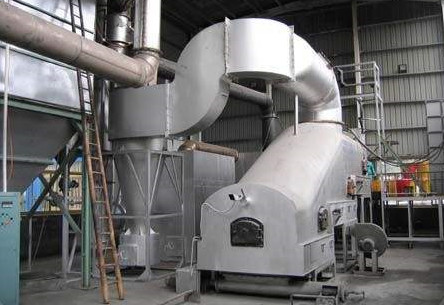
The toxicity leaching test of TCLP from the molten bottom slag shows that the product has a very low leakage rate [3]. The slag obtained by the State Key Laboratory of Energy Clean Utilization, Institute of Thermal Energy Engineering, Zhejiang University, when the simulated medical waste is melted and solidified by thermal plasma, has a typical glass structure and excellent leaching resistance to heavy metals. According to the 3R principle of waste treatment and disposal, combined with the data, it can be seen that after high temperature melting, although the total amount of heavy metals in medical waste melting bottom slag is not low, most of the heavy metals have been wrapped in glass phase, which has greatly reduced the leachability and provided the precondition for its resource utilization.
The Technical Specification for the Cooperative Disposal of Solid Waste in Cement Kilns promulgated by the General Administration of Quality Supervision and Inspection and the Standardization Management Committee in 2014 shows that waste containing heavy metals can be used as road paving materials for recycling.
The standard stipulates the total amount of heavy metals in raw materials and cement clinker, and the limit of Leaching Heavy Metals from cement clinker. This indicates that the materials produced by high temperature treatment of heavy metal wastes can be used as products rather than wastes.
Because there are no relevant technical specifications or standards for the utilization of molten wastes, and there are no requirements for the total amount of pollutants and leaching indicators in the molten products, the relevant indicators in the Technical Specification for the Cooperative Disposal of Solid Waste in Cement Kilns are used as the evaluation basis for the feasibility of the utilization of medical waste molten bottom slag.
According to the data, besides heavy metal nickel, medical treatment
The leaching concentration of other heavy metals in waste molten bottom slag is much lower than that of other heavy metals.
Limit of Heavy Metal Leaching from Cement Clinker in Technical Specification for Cooperative Disposal of Solid Waste in Cement Kiln. Because the melting bottom slag of medical waste is produced by high temperature melting of pure medical waste without any supplementary materials,
if the glass body is made by adding supplementary materials in a certain proportion when preparing the melting bottom slag, the leaching of heavy metals can fully meet the requirements of the leaching limit of heavy metals from cement clinker in Technical Specification for Cooperative Disposal of Solid Waste in Cement Kiln.
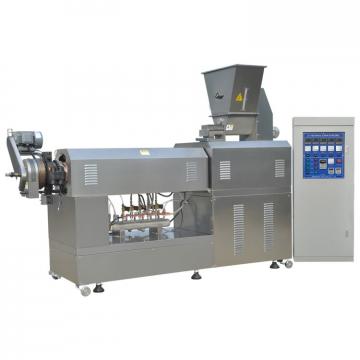 Factory Fruit and Vegetable Processing Machines/Quick Frozen Line/Food Processing Production Line for Daylily Production Line with High Output
Factory Fruit and Vegetable Processing Machines/Quick Frozen Line/Food Processing Production Line for Daylily Production Line with High Output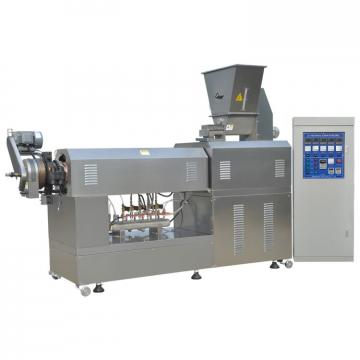 Factory Direct Sales PS Styrofoam Food Container Production Line
Factory Direct Sales PS Styrofoam Food Container Production Line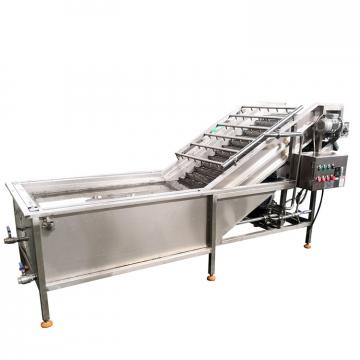 Complete Pure / Mineral Drinking Bottled Water Production Line Factory in Beverage / Food Area
Complete Pure / Mineral Drinking Bottled Water Production Line Factory in Beverage / Food Area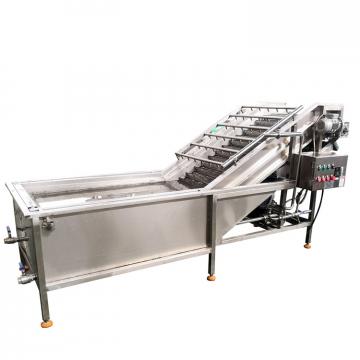 Cheetos Fried Food Production Factory Extruder Processing Line
Cheetos Fried Food Production Factory Extruder Processing Line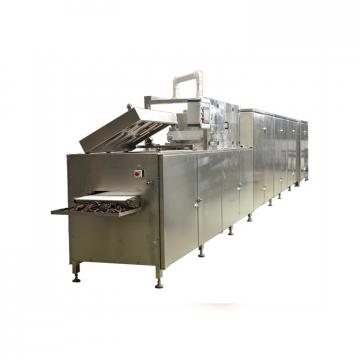 Automatic Mini Food Factory Macaroni Processing Line Pasta Production Line
Automatic Mini Food Factory Macaroni Processing Line Pasta Production Line
